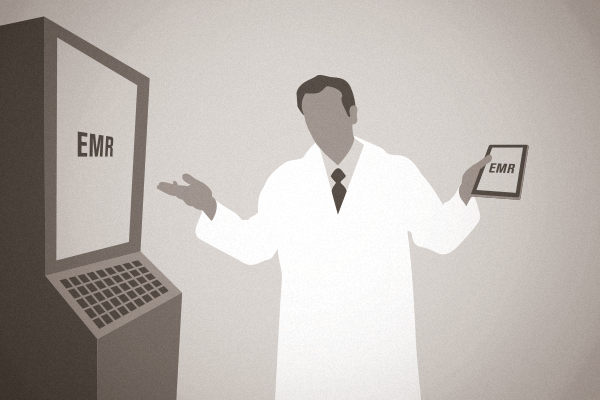In a recent post on Cure MD, the common EHR blog-lytizing was in full effect. As usual, the site claims, “An Electronic Health Record (EHR) system helps a practice in more than one ways [sic].” Then we see the common empty signifiers — improved workflows, improved cash flow, improved patient flow, and, our favorite red tape phenomenon, Meaningful Use! All of this to quote, “Sav[e] time and meet[…] regulatory requirements.” They then list out some more benefits that EHRs offer the fee-for-service doctor. But notice, they never mention what kind of doctor. Just, doctor.
That’s one of many points of comparison we’ll draw with the competitors versus our direct care EMR, Atlas.md. Right off the bat, our product is made for a specific doctor, a direct primary care physician operating a cash-only facility.
